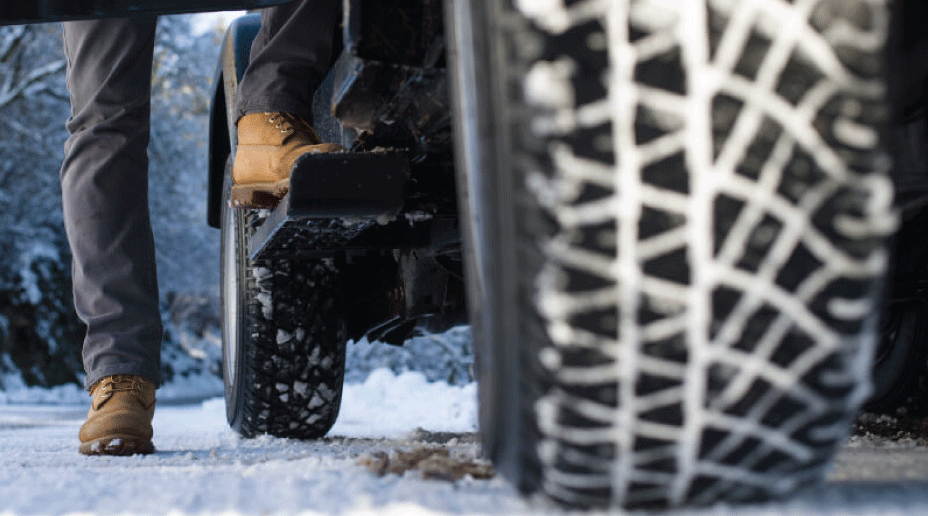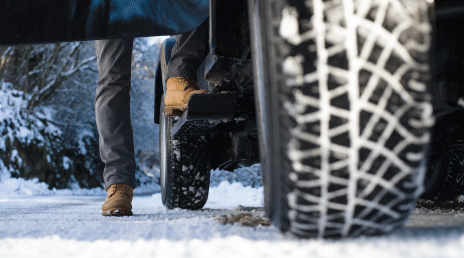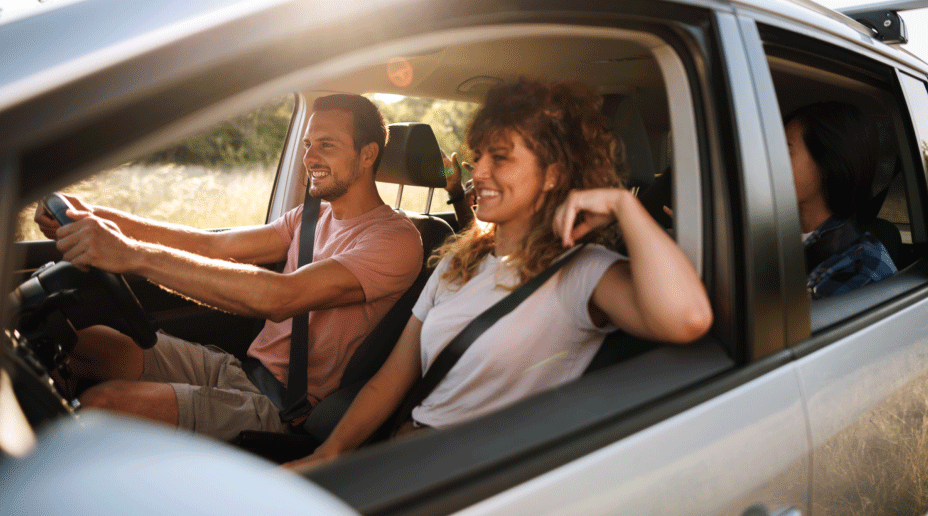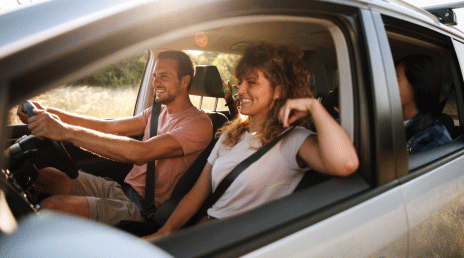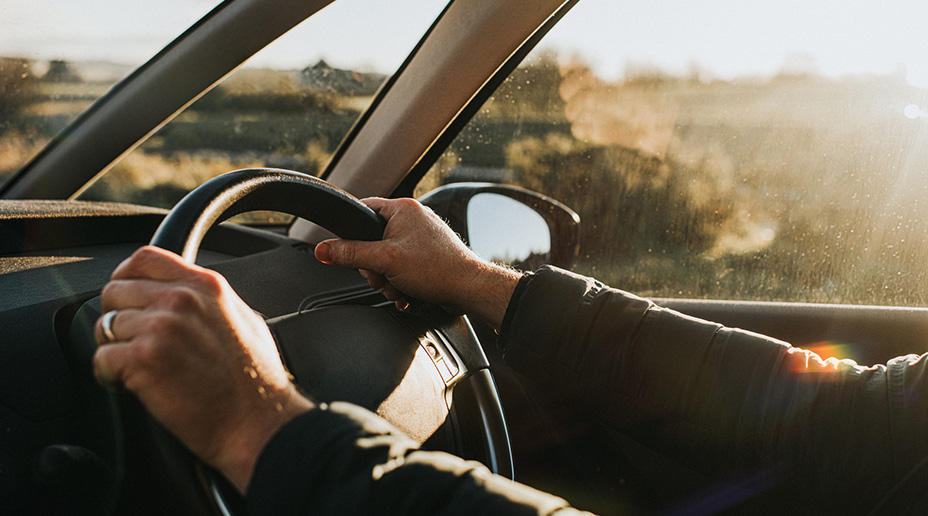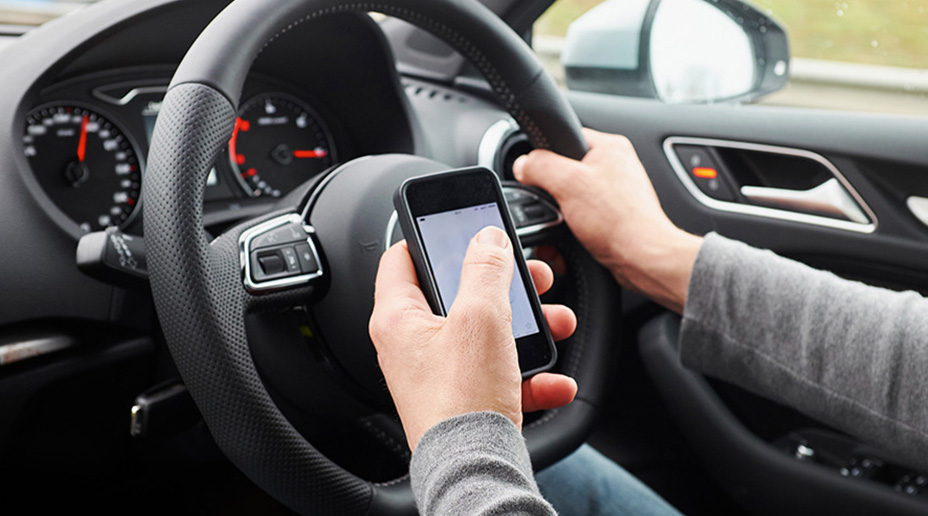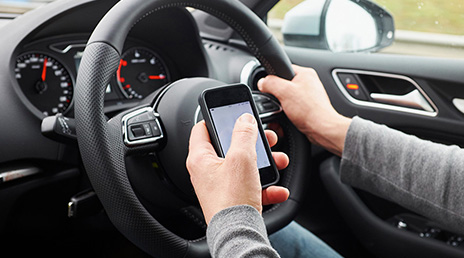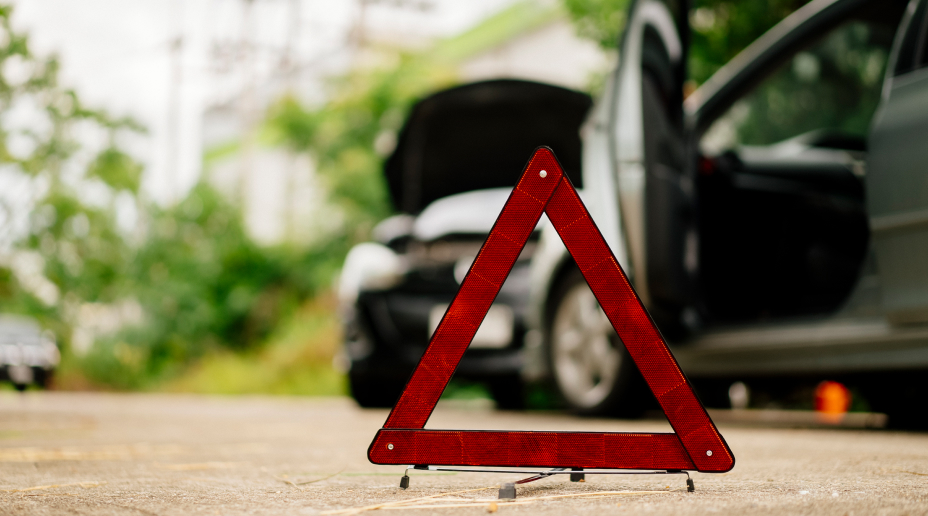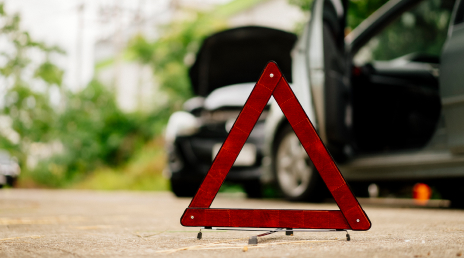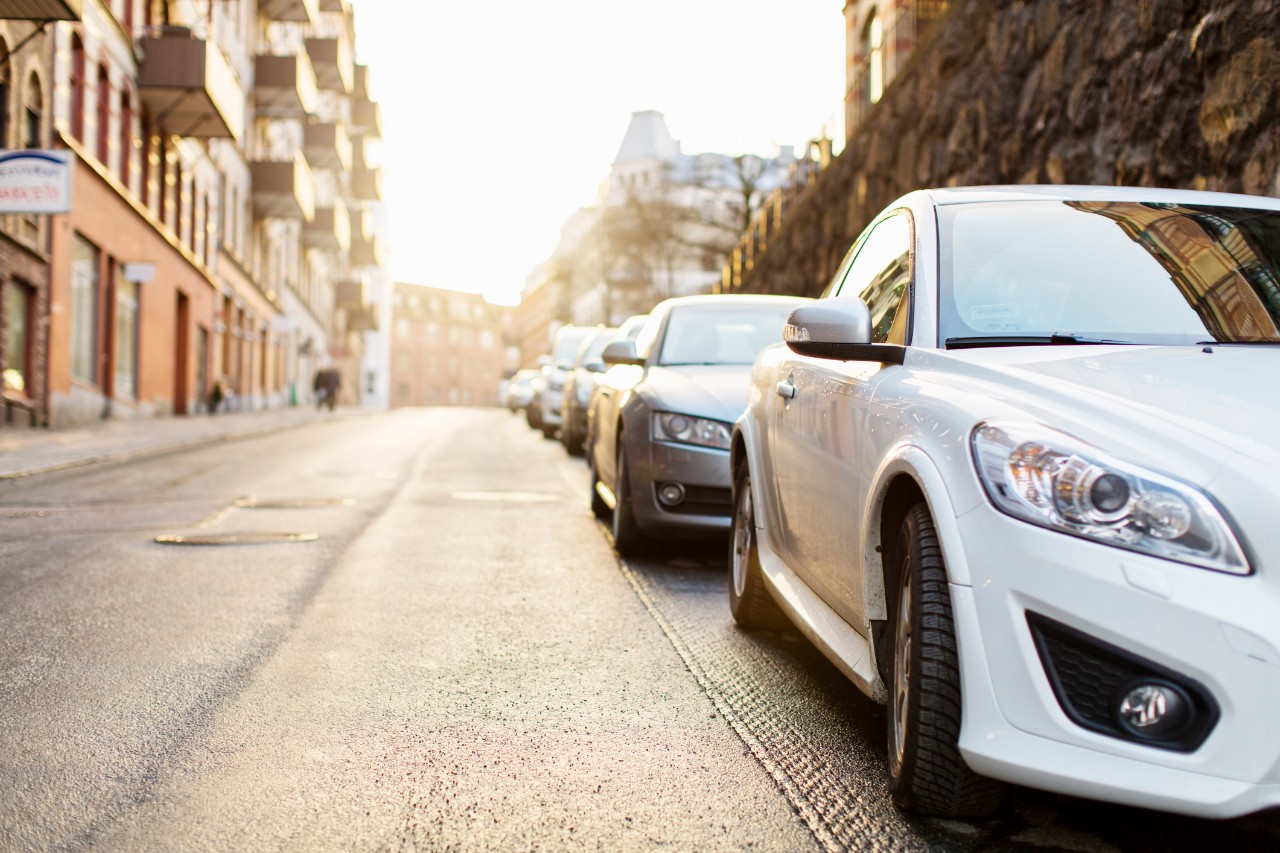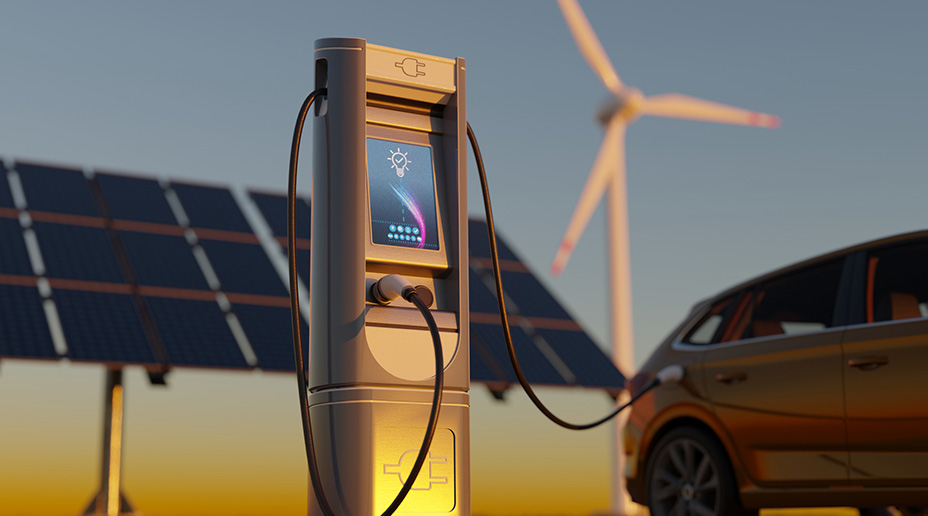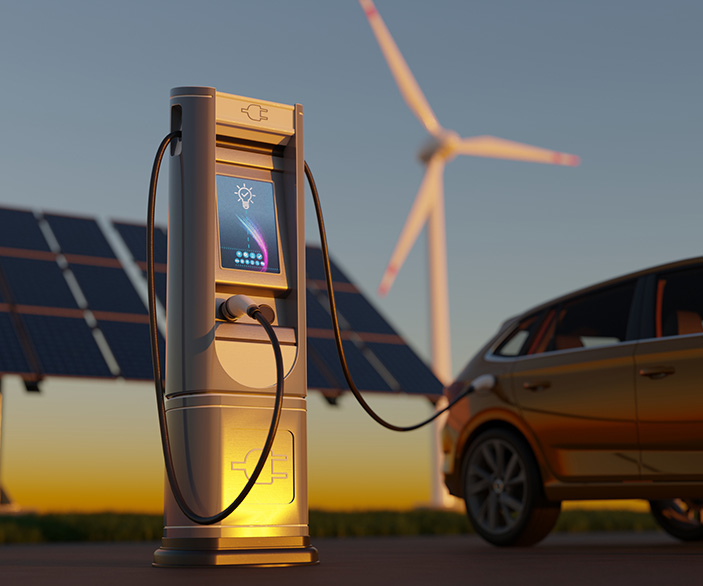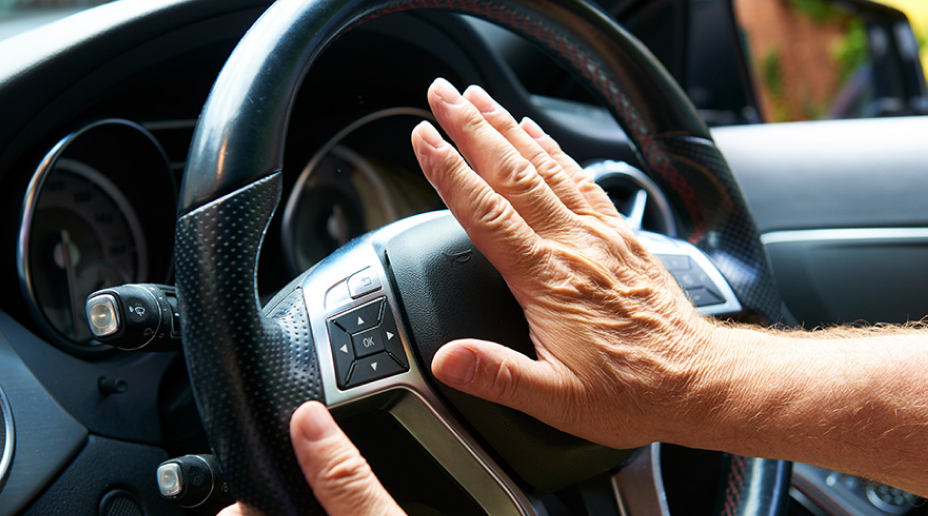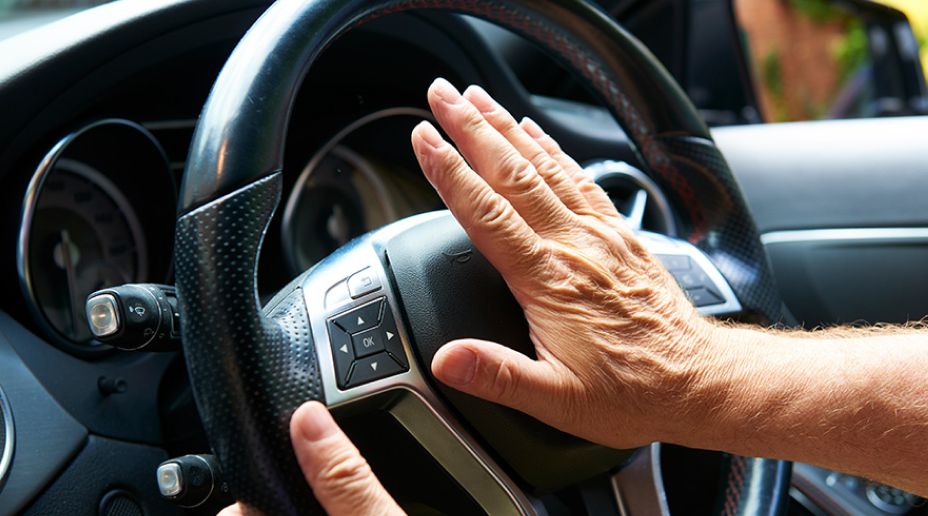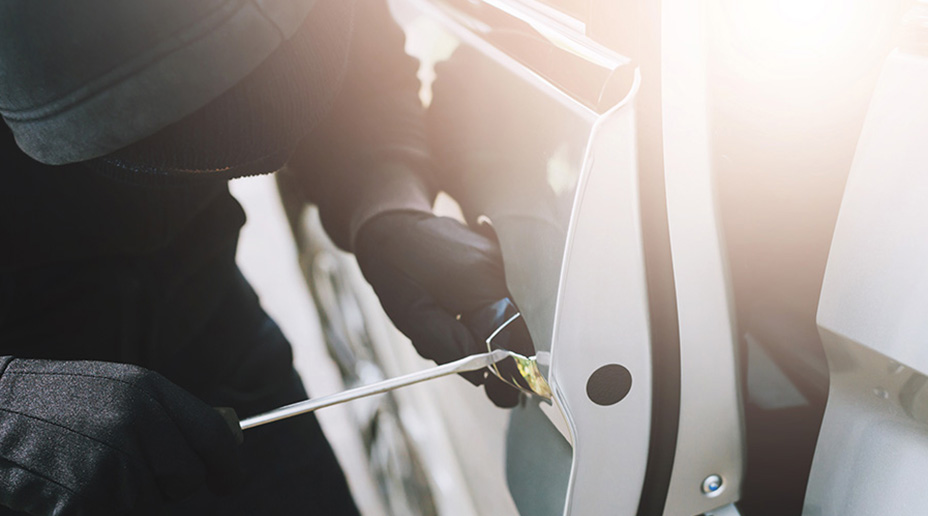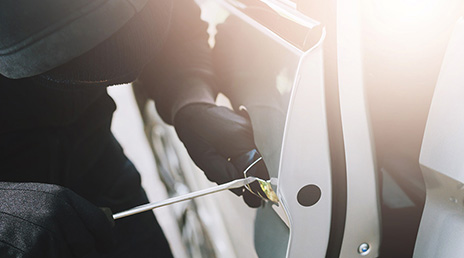How to drive in fog
Driving in foggy conditions
Fog can prove extremely dangerous for drivers, and subsequently other road users and pedestrians, too. Your vision is limited and hazards on the road are hard to see, meaning your time to react is extremely restricted.
Fog can make an appearance at any time of year, but the most common seasons are Autumn and Winter – these colder months can also see a rise in ice too – which can make driving in these conditions even more risky.
Fog lights have a wide, flat beam meant to illuminate the road and the surroundings ahead, so they’re the safest way to help you navigate through fog… it’s also a legal requirement to use them when driving in foggy conditions.
Not knowing how to safely drive in fog could lead to a claim on your car insurance for damage, or significant injury to you or someone else. So, let’s take a look at what you need to know before driving in foggy conditions…

What you need to know before driving in foggy conditions...
1. When should you use your fog lights?
The Highway Code (rule 226) says that you can turn your fog lights on when visibility on the road has dropped below 100m. This can be hard to judge, but as a rule of thumb, if you're travelling 30mph, you should cover 100m in roughly eight seconds.
2. Is driving without fog lights illegal in fog?
Yes, you are legally obligated to use your headlights in foggy conditions. It’s the safest way to ensure your visibility is the best it can be, and that other road users are more likely to see you coming.
3. Is driving with fog lights illegal when it’s not foggy?
Yes, driving with your fog lights on when it is not foggy is illegal and unsafe for you and other drivers. Make sure to switch them off as soon as the fog clears.
4. How to prepare to drive in fog?
- Demist your front and rear windscreen
- Fill up your windscreen wash
- Keep your screen clear
- Keep a high-vis jacket and a warning triangle on board, just in case of an accident
- When approaching fog, check your mirrors and slow down as it is safe to do so
5. What if my car doesn't have fog lights?
If you can’t find your car's fog lights, they may be labelled as something else - some newer cars have the equivalent of fog lights integrated into their headlamps and rear lamps, or they could be called ‘all-weather lights’ or something similar. Take a look through your car manual or ask the car manufacturer to find what your vehicle has instead of fog lights, and then turn them on while parked to see how bright they are.
6. Do fog lights come on automatically?
No, you’ll need to turn your lights on manually.
What does the Highway Code say about driving in fog?
- Keep a safe distance behind the vehicle in front, to give you ample time to stop safely
- Don’t assume all drivers are using the right headlights, be wary on blind bends and corners
- Don't accelerate sharply – keep a consistent, safe pace
- Check your mirrors before you slow down
- Use your brakes so your brake lights warn drivers behind you that you're slowing down
- Check weather reports before taking a drive and prepare for the weather you’ll be facing
For any bumps in the road, though, Allianz car insurance has you covered.



